It is well understood that sleep evolved as a way of restoring brain function, but exactly what is being restored is difficult to understand. Many explanations of the advantages of sleep reduce the observation that sleep cures sleepiness.
Birds, like many other animals, sleep. Diurnal (day-active) birds sleep at night, and nocturnal (night-active) birds sleep during the day. The need for bodily rest seems straightforward, but why is the rest spent in a non‐awake (unconscious) state of unresponsiveness to the outside world?
Mammal’s sleep activity:
In mammals, sleep is a brain-driven phenomenon: falling asleep and waking up are products of brain activity, and the brain itself sleeps. The sleeping brain produces different patterns of neuronal activity than during resting wakefulness and enters into multiple sleep states, with different patterns of neuronal activity in each.
In mammalian sleep, there are two broad categories:
(1) REM (rapid eye movement) sleep, with recognizable low‐amplitude, fast‐changing brain waves, and
(2) non‐REM sleep, with high‐amplitude, slow‐changing brain waves (slow-wave sleep).

How do birds sleep?
Birds can SWS with one side of the brain at a time. This so-called unihemispheric sleep has been observed in over 29 bird species belonging to 13 orders. Birds generally close their eyes when they sleep, but they close just one eye at a time for unihemispheric sleep. Unihemispheric sleep enables continued vigilance. For example, Mallard ducks on the edge of a group engage in unihemispheric sleep more frequently than their flock mates in more secure, central positions. As expected, unihemispheric sleeping ducks keep open the eye that is facing outward toward potential dangers. Because the visual input from each eye is processed by the opposite side of the brain, these ducks sleep with the outward-facing side of the brain.
REM sleep takes place with both sides of the brain simultaneously and both eyes closed. Very short and frequent bouts of REM sleep are a feature of sleep in birds. Electroencephalograms of brain activity during REM sleep suggest that birds dream. In one study, Zebra Finches were shown to “practice” new song patterns in their dreams.
Do birds dream?
If humans are awakened when an electroencephalogram indicates that they are in active (rapid eye movement or REM) sleep, they are very likely to report that they have been dreaming.
Birds and other mammals also show REM sleep. Are they dreaming?
What are they dreaming about?
These are fascinating questions, but unfortunately, they cannot be answered scientifically. In humans, researchers can study in great detail patterns of activity in different brain regions during REM sleep and then study the verbally reported content of the dream in relation to those patterns. In birds, the patterns of neuronal activity in different brain regions during REM sleep can also be determined, but we cannot get reports of dream content from them. Yet in male Zebra Finches, neurons in the song system show spontaneous bursting patterns during sleep that resemble those seen when the birds are awake and singing. It is thought that this kind of dream‐like “replay” during sleep might aid song learning and memory.
Sleeping position of birds:
Most frequently, birds sleep in a distinctive posture with their bills on the backs or tucked underneath the scapular feathers of the wing. This posture allows them to conceal their bill and to open one eye at any time. Interestingly, an extraordinary fossil of a tiny, Chinese, toothed troodontid dinosaur indicates that this distinctive sleeping posture evolved in theropod dinosaurs before the origin of birds and before the origin of the beak itself

Benefits of sleeping less in Male Pectoral Sandpipers:
Despite the homeostatic functions of avian sleep, some birds can function well with limited sleep during certain times of the year. For an intensive three-week period on their Arctic breeding grounds, male Pectoral Sandpipers are so busy defending territories and attracting mates that they may sleep as little as 5 percent of the time. Those individuals that sleep the least have the greatest reproductive success.

Why do birds disappear all of a sudden about an hour before sundown?
The main reason why birds suddenly disappear at least an hour before sundown has everything to do with safety. You see, birds have fantastic visual powers. Still, they start to deteriorate in fading light, and then another group of birds, the Owls, have an overwhelming advantage in the Twilight hours with their even better eyesight adapted for dim light coupled with equally superior hearing. So then, just about an hour before sunset, they start hunting.
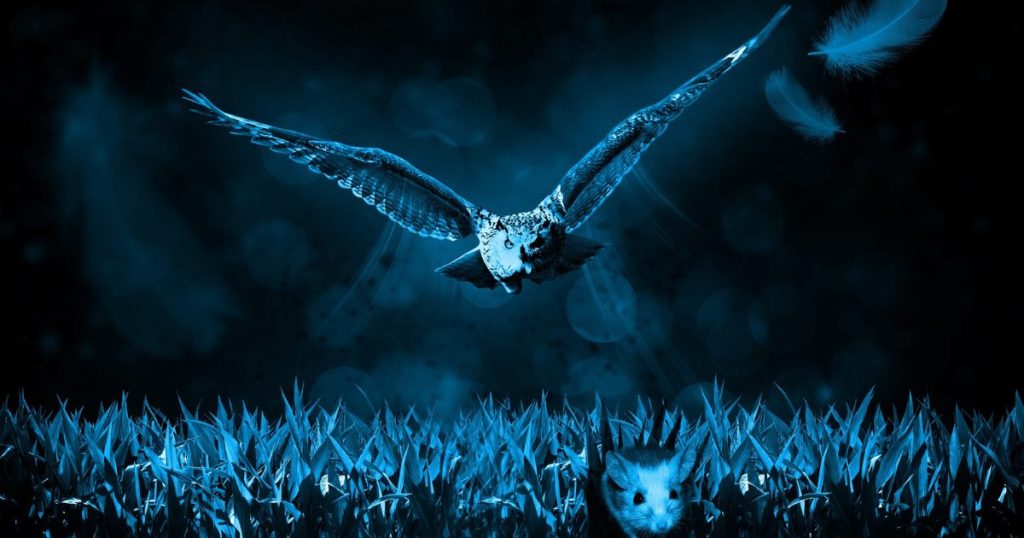
Where do all those birds go?
Birds find a safe place not exposed to the elements to sleep at night. It could be a favorite cavity, a dense Bush, a set of leafy trees in a particular forest, or even an abandoned building. Some will hide somewhere singly, while others will join nocturnal roosting flocks with more eyes to watch out for danger.
What is the most common place to sleep, and why did they choose that?
There are a couple of things to that; one is they want to be safe. A lot of these birds, like small birds, get into an area of thick vegetation where not only are they protected from wind elements, snow, and rain, but they’re also protected from predators,

If a predator is trying to get into that bush and there’s a lot of shaking, they hopefully have time to wake up and escape. They prefer cedar bushes because those cedars are very thick, so they provide really good shelter for birds at night, and so there were a lot of birds that roosted in the clump of cedar trees.
Most of those birds we see in our area do sleep in trees or bushes and it also depends on the lifestyle of the bird in question.
Type of birds and sleeping habits:
- Northern bobwhite or quail:
They are ground birds, sleep in grass clumps, under bushes, mostly on the ground because that’s where they live their lives and that’s where they’re comfortable.
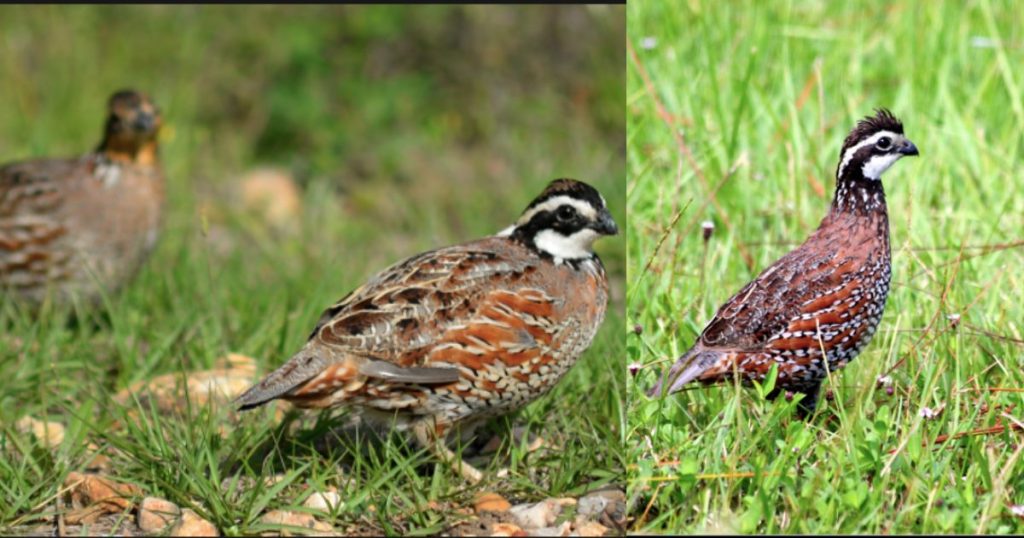
so those are pretty easy, but not all ground birds sleep on the ground. Ground birds like wild turkeys are very much an exception. They roost up and sleep in trees like many birds, so you’ve got that group.
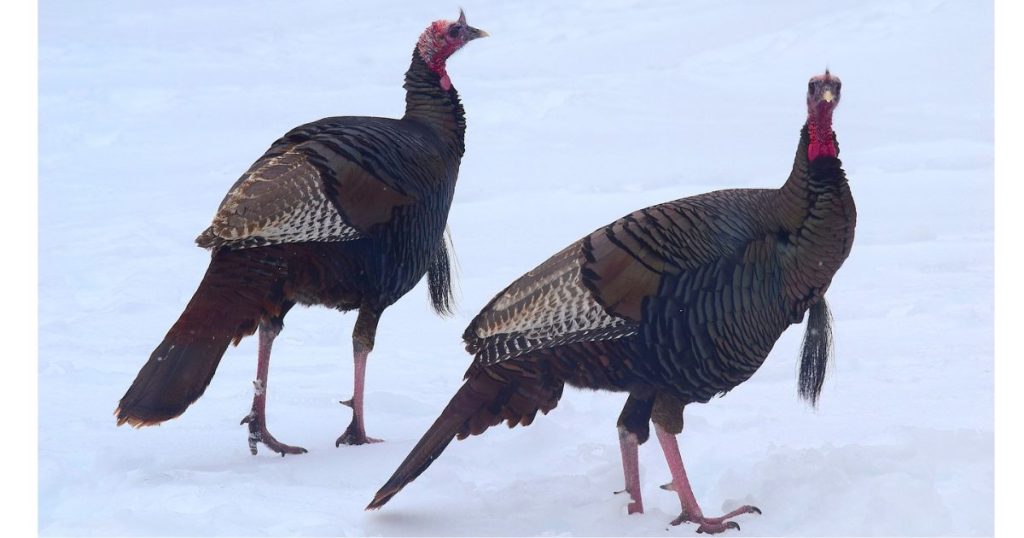
- Waterfowl:
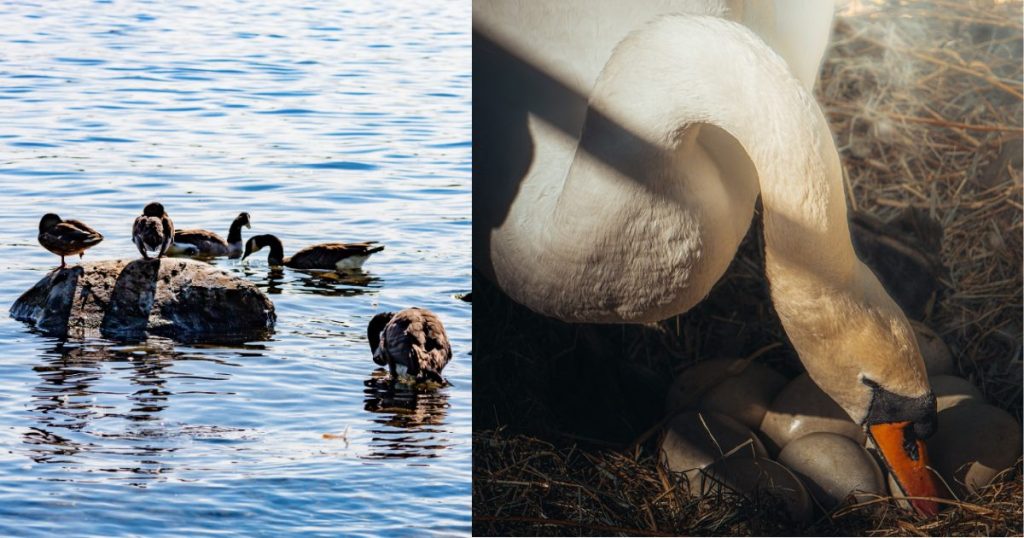
Other groups of birds, waterfowl, may well know that they sleep out on the water. Now, of course, a female duck sitting on eggs is going to sleep on her eggs, and hopefully, in a well-camouflaged place on the ground somewhere, usually up against a tree, is what she likes to do.
Tree sleeping birds:
- Tree roosters
As we have discussed, turkeys, tree roosters, chickadees, and cardinals, many of these birds sleep on a tree limb.
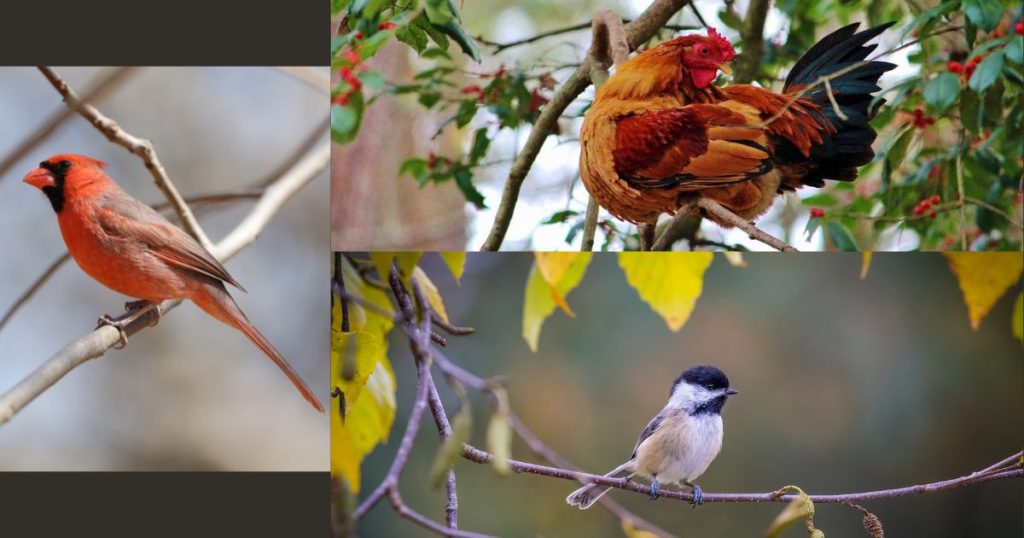
How is that possible?
How do they keep from falling off that tree limb, especially if the wind’s blowing or a storm when they’re asleep? Why wouldn’t they just get blown off and fall to the ground?
They have a very cool adaptation and a specialized tendon in their feet that will pick the limb. Almost all perching birds have one toe backward and three toes forward,
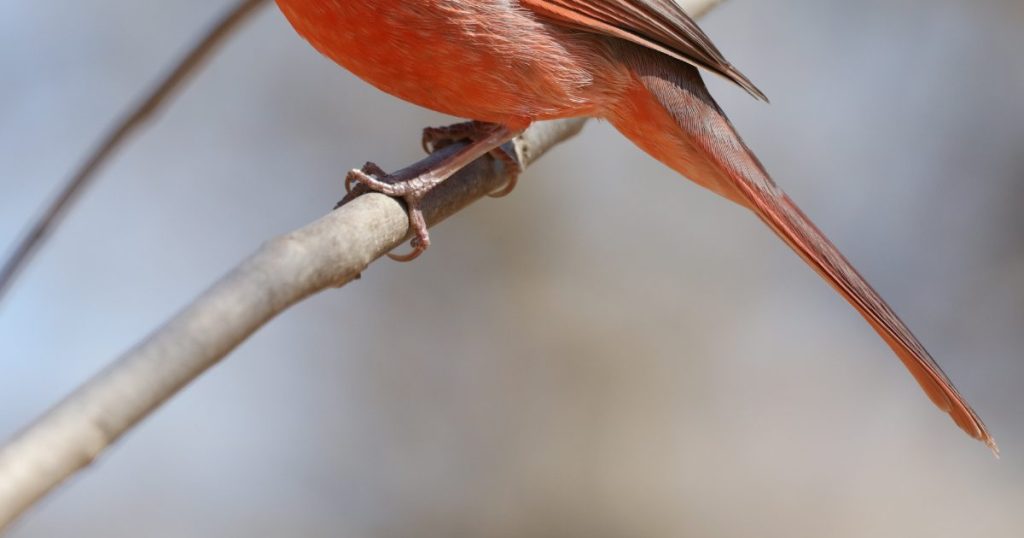
when they land on a limb they wrap their toes around it, they squat down onto their feet, and these talons lock into place.
So as long as their weight pushes down on their feet like that, these toes cannot release. So when they want to fly away, they have to stand up or release that weight off of their feet, so their toes will unlock, and they can fly away.
That keeps them from being able to will not be blown off in the storm. It’s just one of many cool adaptations of being a bird.
It also depends on the bird’s lifestyle, where they sleep, sometimes rock ledges and things like that, but most perching birds sleep on limbs at night, and that is how they keep from falling off.
Birdfeeders:
There were stories of some birds landing on feeders right at twilight, while getting dark, and they’ll use all kinds of little nooks and crannies in your house, up in your gutters, and places where they can feel safe.
Where and How do seabirds sleep?
A lot of seabirds spend their life out over the open ocean, and they spend a lot of their time on the wing, like in migration,
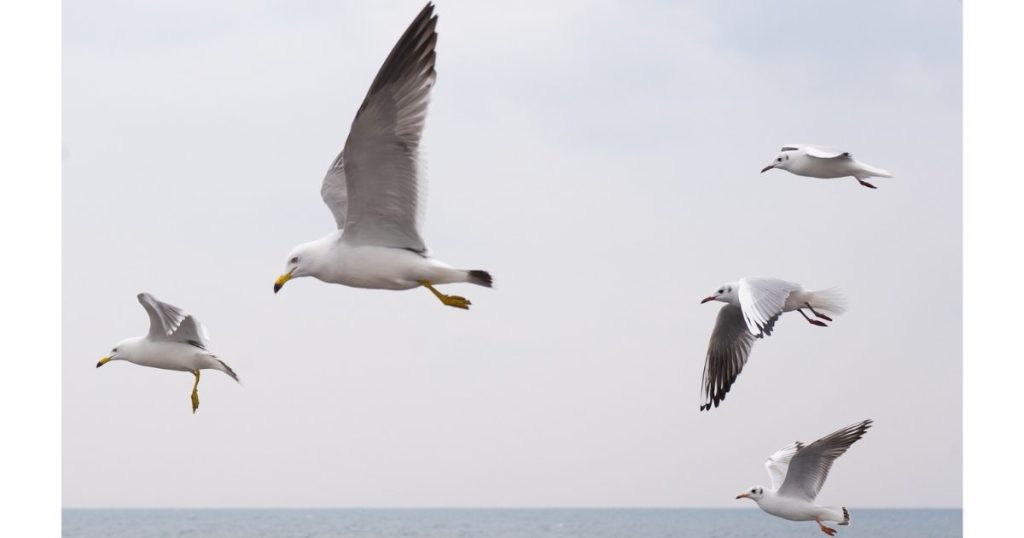
How do these birds sleep when they’re flying thousands of miles
There are some fascinating studies out there about these birds. For example, they found that they sleep between wing flaps. Yes, as crazy as that sounds, they have pretty good evidence of that, and a lot of birds that flap flap and then glide, take long glides, especially birds that are buoyance by up with drafts of wind over the ocean, can sleep during the flight, like that some studies also indicate that some birds half of their brain asleep. In contrast, half of their brain is awake. That’s incredible.
Sleeping while physically flying over an ocean?
Frigate birds do it. Because brains!
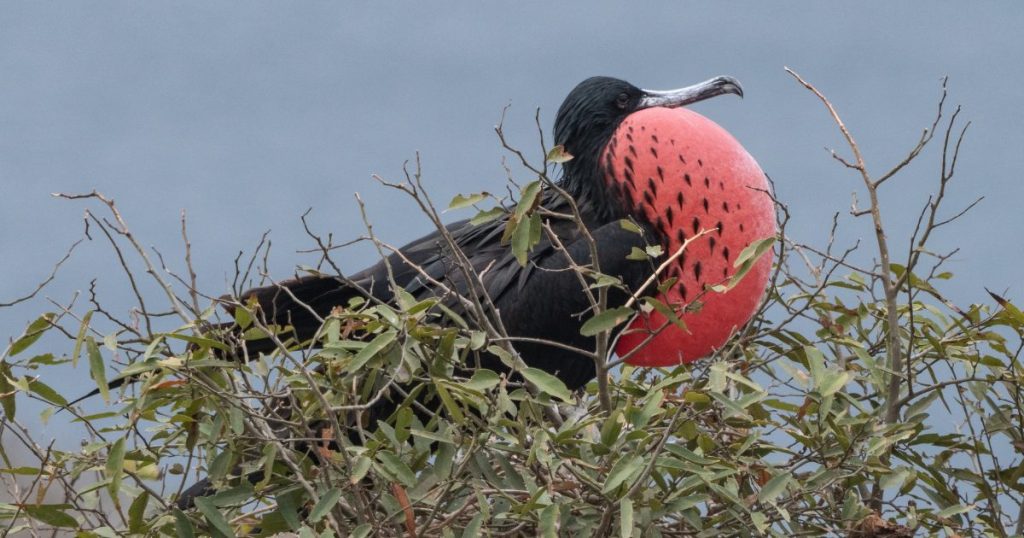
Frigate birds have an impressive six-foot wingspan, but their feathers aren’t waterproof, so they can’t rest on the water, yet most of their lives are spent at sea. The exception is when they breed; they do that on land.
How does this non-waterproof bird stay aloft over the ocean for weeks?
Earlier this year, a research team tracked the birds brain activity by fitting them with small devices that measure electroencephalographic (or EEGs / brainwaves) changes, including slow wave sleep and rapid eye movement sleep.

Data was gathered over 10 days while the birds flew more than 3,000km, revealing amazing behavior.
During the day, the birds stayed awake, looking for fish or other birds to harass and steal food from; they act as such jerks, but when you can’t land on water, that’s how you must live.
Then, at night, their brains did something super neat.
Frigate birds, like humans, have one brain divided into two hemispheres, but it turns out frigates can shut down and rest only one hemisphere at a time, engaging it in short-term stages of slow-wave sleep.
In other words, they half-sleep with one eye open — while flying.
The bird flies and sleeping at same time does it with the one connected to the awake hemisphere of the open eye. The researchers believe they do this so that they can watch where they’re flying and also they don’t run into other birds.
Incredible as this, this unusual sleep pattern is called “unihemispheric slow-wave sleep.”
Unihemispheric slow-wave sleep is how dolphins can rest without drowning or being killed.
A dolphin will also follow the same sleeping pattern to monitor breathing function and monitor its environment. For example, one eye will be closed while the other opens during that.
It’s also something a lot of birds do, like mallard ducks.

But in the study of frigate birds, the researchers found something even more amazing: frigate birds occasionally shut down both hemispheres of their brain at once and somehow don’t drop out of the sky like a hot rock.
They only do this for a short time, only a few seconds at a time. So they only get about 42 minutes of shut-eye a day at sea.
Humans prefer to rest the whole brain at once, but amazingly in certain situations, we can do it a hemisphere at a time too.
In humans, unihemispheric slow-wave sleep is associated with the “first night effect,” also known as your inability to get a good night’s sleep in a new location.
It’s not a full separation between brain hemispheres;

One hemisphere is more active and vigilant, monitoring the environment for unfamiliar sounds in the new surroundings. So next time you have a bad night in a new environment like a hotel or apartment, think of how cool your brain is tapping into the same evolutionary advantage that birds and dolphins use.
Even though you’ll be too tired to be amazed.